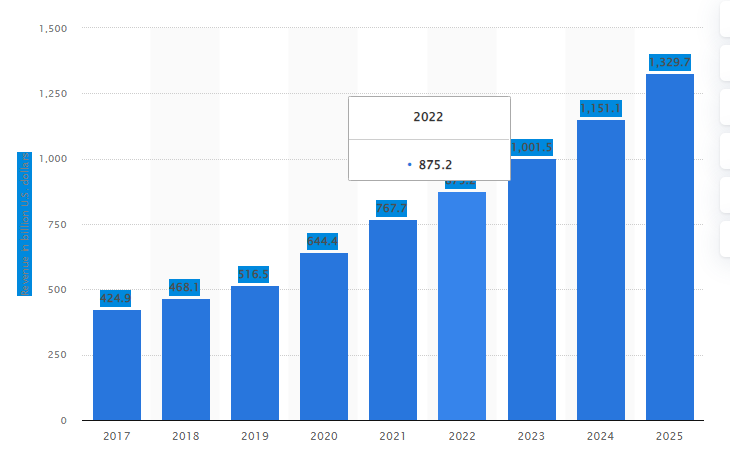As a commodity of the contemporary era, the fashion industry is the third largest global enterprise after automobiles and technology (Pelikánová, 2021). Fashion is dedicated to the trade of manufacturing and making sales of clothes, and it incorporates manufacturing, design, distribution, retailing, marketing, and promotion. Further, the fashion industry encompasses design houses, retail stores, and fashion magazines. Regarding marketing, fashion has stylists, make-up artists, models, photographers, and hair stylists, all of which make up the fashion ecosystem.
The American fashion industry has some successful fashion companies that appeal to many people. Among the companies is the Old Navy, which deals in making hats, jeans, and hoodies (Harrington, 2019). Further, Calvin Klein, Nike, American Eagle Outfitters, and Gap are other successful U.S. companies. The fashion industry’s primary utility involves adorning oneself, making one’s identity, and protecting oneself from external elements (Bairagi, 2022). Additionally, fashion’s augmented advantage involves emotional attachments, desire, and social competition.
The Microeconomic Variables of the Fashion Industry
The fashion industry business considers many factors in setting prices for a new style. Recent performance, the price required to move inventory, initial markup, and the competitor prices for similar costs are some of the factors considered. Further, investing in price and promotion ensures winners in the fashion business employ an intelligence pricing body that aligns their pricing plan with their customers’ readiness to pay. Moreover, future fashion pricing is rooted in the factors that traders add repeatable analytics to enhance their intuition.
Product awareness is created by retailers and manufacturers before the launch so that potential buyers know about the product’s existence. Electronic and print media are used to reach elderly customers, and internet advertising and electronic medium are preferred for young customers. The advertisement creates more sales and a niche market for fashion companies. Additionally, conventional market sources, including print ads, billboards, and electronic media commercials, are no longer used by fashion retailers and manufacturers, instead, they have resorted to mobile advertising.
The sales figures for 2022 are predicted to be $ 473.42 billion, representing a fashion industry growth rate of 8.3% from 2021’s data. One of the largest fashion retailers made sales of about 29.38 billion dollars in 2021 (Smith, 2022). The U.S. fashion industry growth rate is expected to be 12.4 percent in terms of e-commerce in 2022. Additionally, a constant increase noted in the U.S. e-commerce fashion industry is expected to reach a $200 billion spot by 2024.

Regulations by the Government
Provision of California state law “Proposition 65” requires businesses with a minimum of 10 employees to provide awareness on their products in case of the presence of chemicals that causes harm. The law applies to all consumers regardless of their age, and it only allows consumers to of any toxins in their products. Further, failure to comply with the law invites a fine of $2500 every day of violation (Cheng, 2019). Cadmium, lead, and phthalates contained in the textile industry are regulated by Proposition 65.
Flammable fabrics act (FFA) must be complied with when importing textile products into the United States. The rule regulates volatile products, including carpets, mattresses, rugs, and clothing. Failure to adhere to the flammability regulations amounts to a penalty for violation. In addition, the products covered under the flammable regulations include children’s sleepwear and vinyl plastic film clothing. However, the flammable fabric act does not cover commodities such as footwear, hat, handkerchief, and glove.
References
Bairagi, N., & Acharya, S. (2022). Sustainability in the fashion industry: Current practices and challenges in India. Journal Homepage: www.ijrpr.com ISSN, 2582, 7421.
Cheng, V. (2019). Clothing and textiles regulations in the United States. A Complete Guide, Web.
Harrington, J. (2019). Nike, Calvin Klein rank among 20 of the most successful American fashion brands. USA TODAY, Web.
Pelikánová, R. M., Němečková, T., & MacGregor, R. K. (2021). CSR statements in International and Czech luxury fashion industry at the onset and during the COVID-19 pandemic—Slowing down the fast fashion business? Sustainability, 13(7), 3715.
Smith, P. (2022). Inditex group sales worldwide 2014-2021. Statista, Web.
Statista Research Department. (2022). United States: Retail e-commerce revenue 2017-2025, Web.